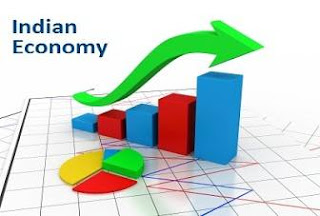The concerns
over the farm and economic growth are waning amid hopes of generous rainfall
this year, which may significantly boost farm incomes, rural demand and the
overall growth momentum in Asia’s third biggest economy.
In its initial
projection, the India Meteorological Department (IMD) expects monsoon to be 106
per cent of the long period average (LPA) in 2016.
If the
Met Department’s prediction of a good monsoon turns out to be right, India's economy could grow at 8-8.5 per cent in 2016-2017 from
the projected 7-7.5 per cent.
Agriculture is
one of the major sectors of the Indian economy and contributes about 17 per
cent to the country’s GDP. Thus, a normal monsoon would be an encouraging
supply shock, strengthening the rural demand by augmenting the supply of farm
products, thereby significantly contributing to the India’s economic growth.
According to
the SBI research report, agricultural GDP is most likely to see a robust
performance in FY17 and may even touch 7-8 per cent mark
if IMD’s prediction of a good monsoon comes true.
For the Modi
government, which has bet big on rural India as the key economic growth driver
and dreams of doubling the farm income by 2022, a good monsoon would bring a
lot of respite. At the same time, it would augur well for Raghuram Rajan, who
is tasked with keeping
retail inflation within the 5 per cent, giving an adequate room to the Reserve
Bank of India (RBI) to bolster
monetary easing.
Going ahead,
the stable microeconomic environment, forecast of an above-average monsoon,
falling interest rates and higher public investments would boost the economy,
despite a contraction in exports amid global slowdown.
Latin Manharlal Group.
